Introduction: In the remote and icy landscapes of the Arctic tundra, a small and extraordinary bird faces the challenges of survival—the Spoon-billed Sandpiper (Calidris pygmaea). With its distinctive spoon-shaped bill and captivating behavior, this critically endangered species captures the attention of bird enthusiasts and conservationists. Join us as we venture into the fascinating world of the Spoon-billed Sandpiper, uncovering its appearance, behavior, habitat, and the urgent need for its conservation.
Spoon-billed Sandpiper images
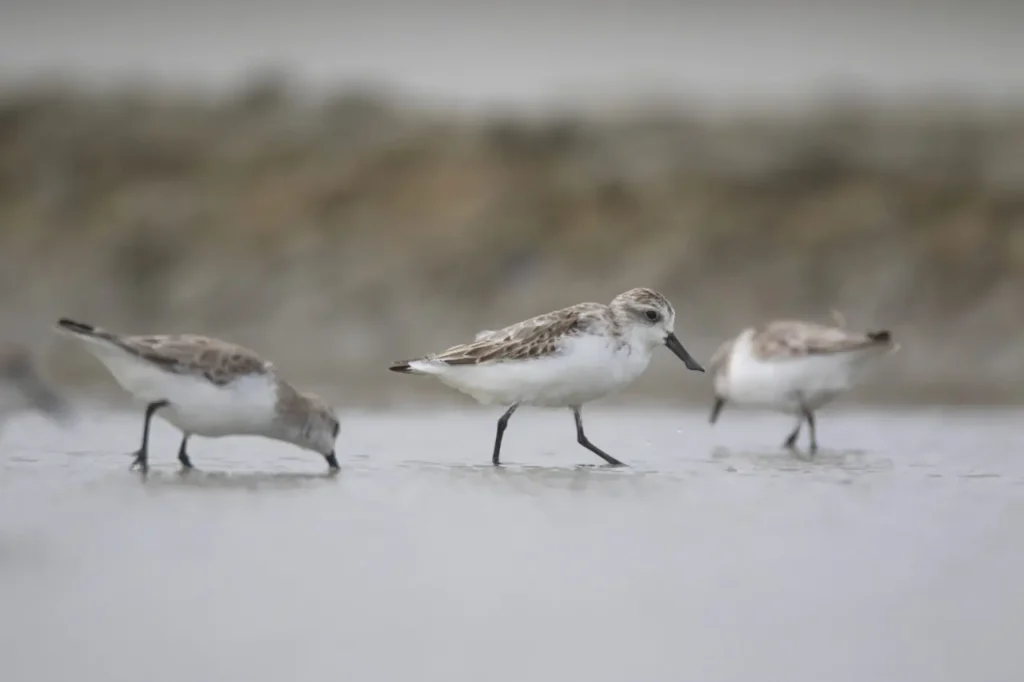
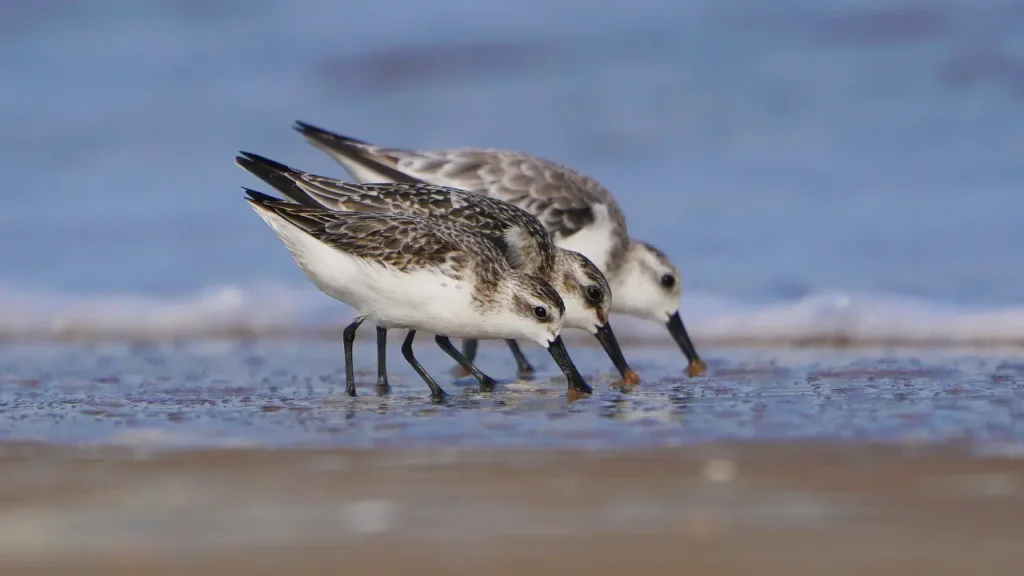


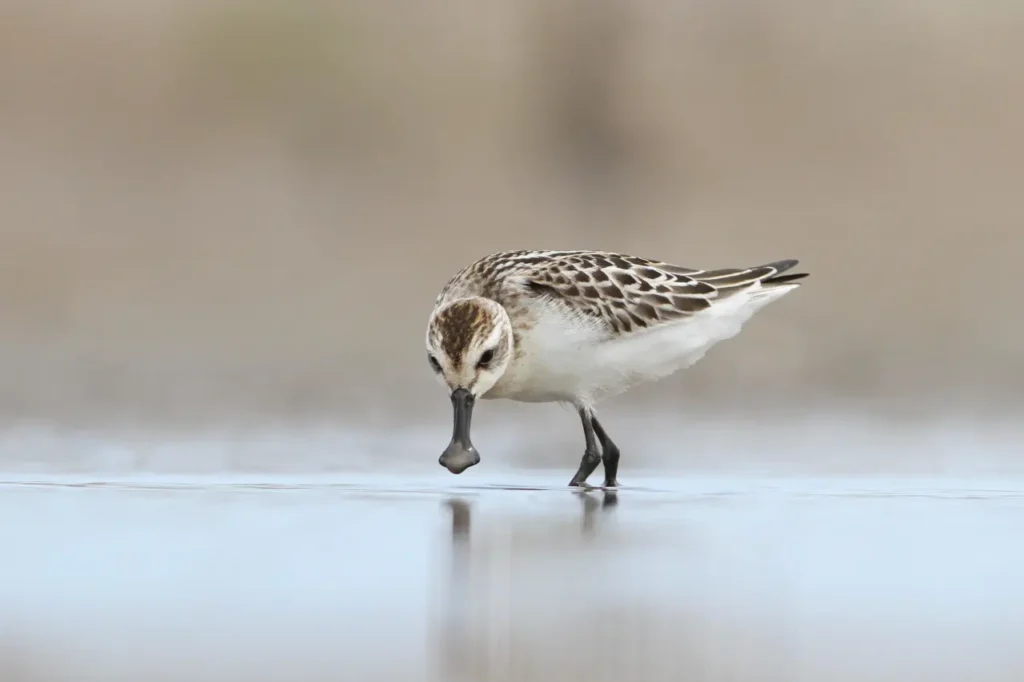
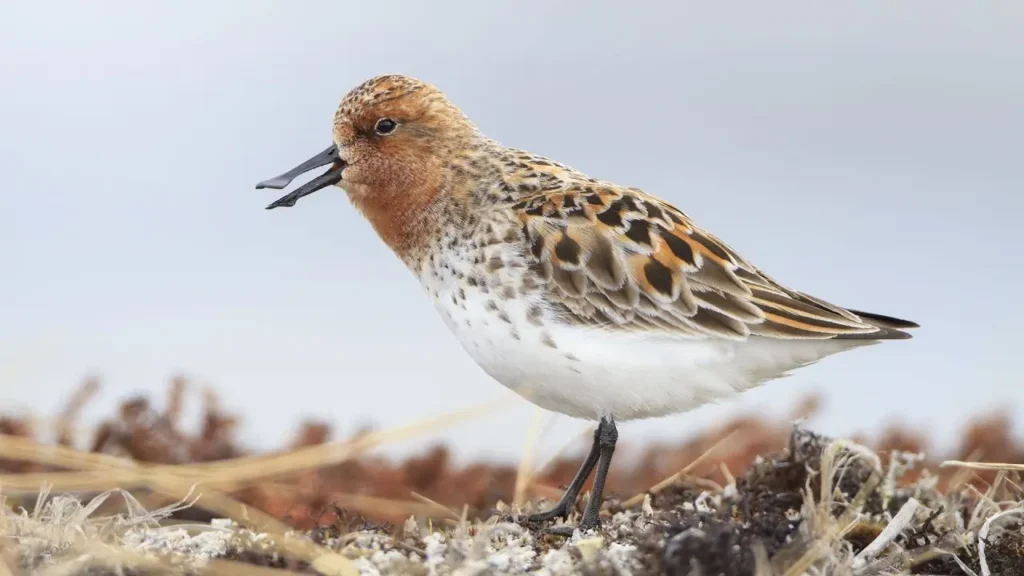
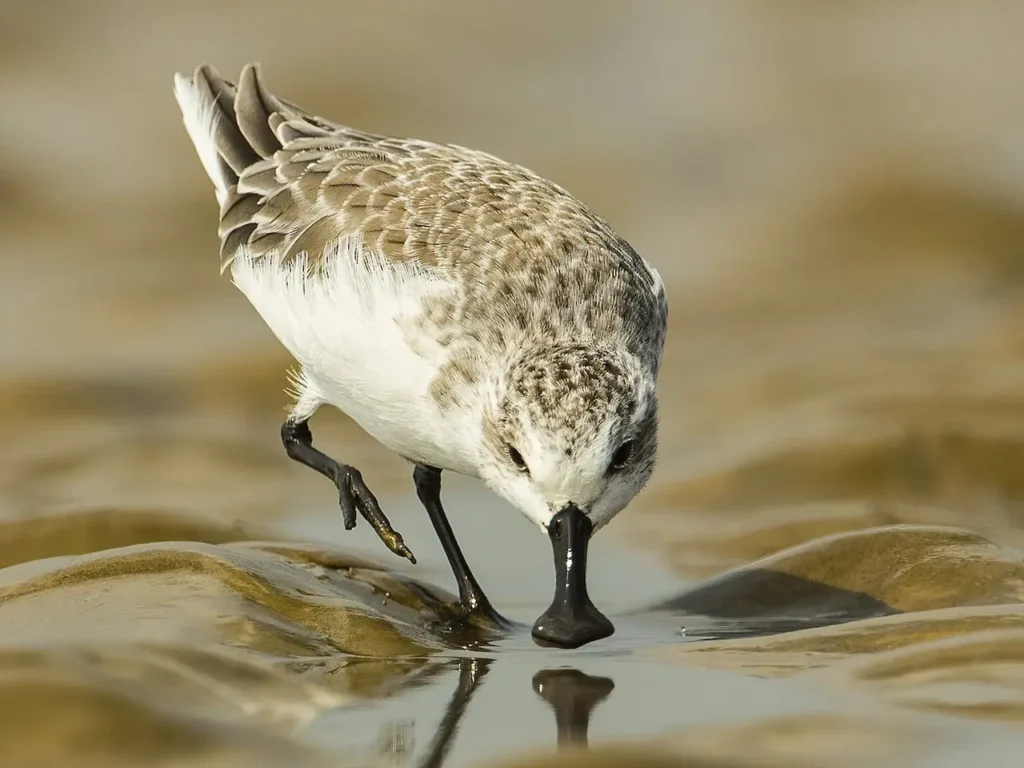

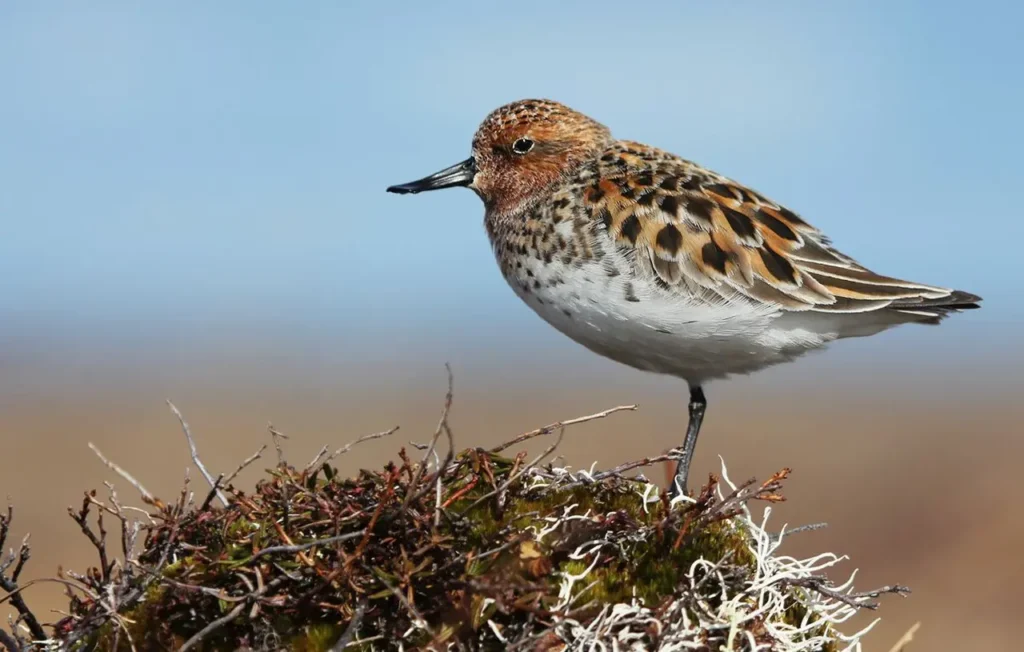


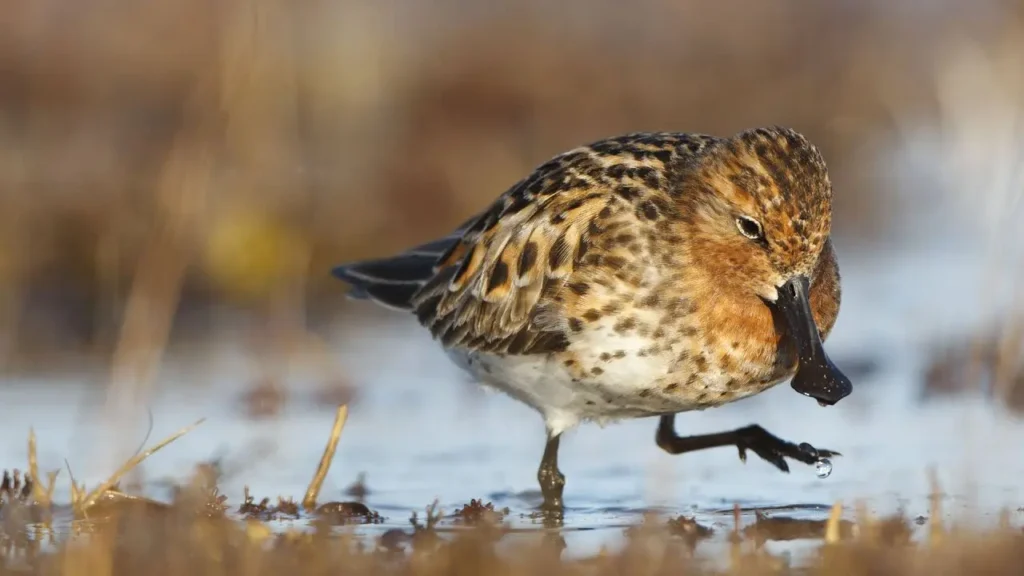
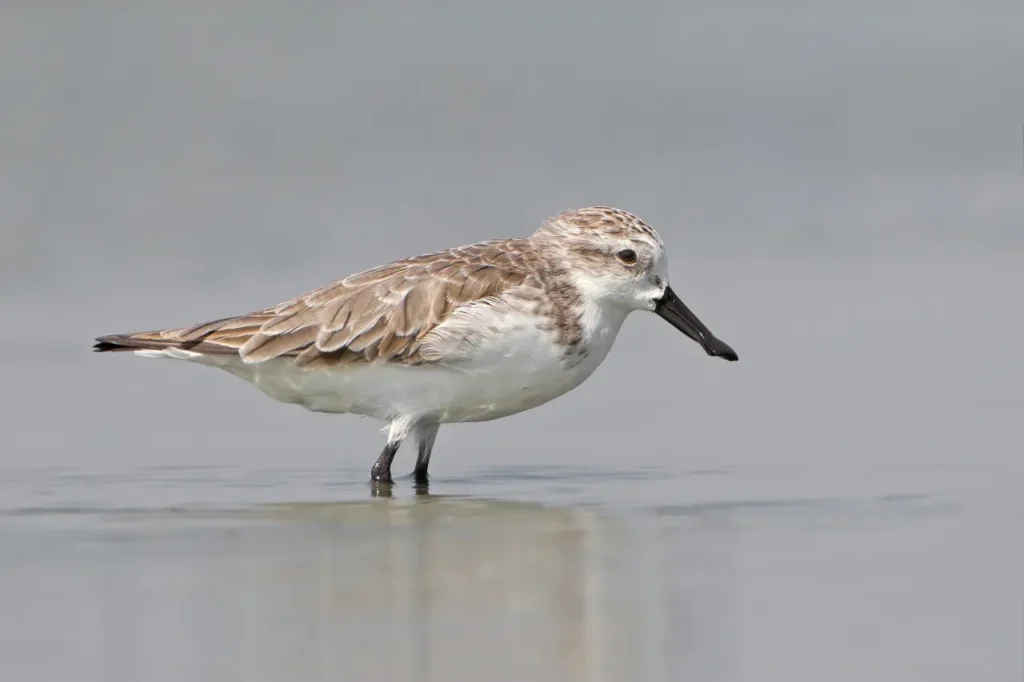
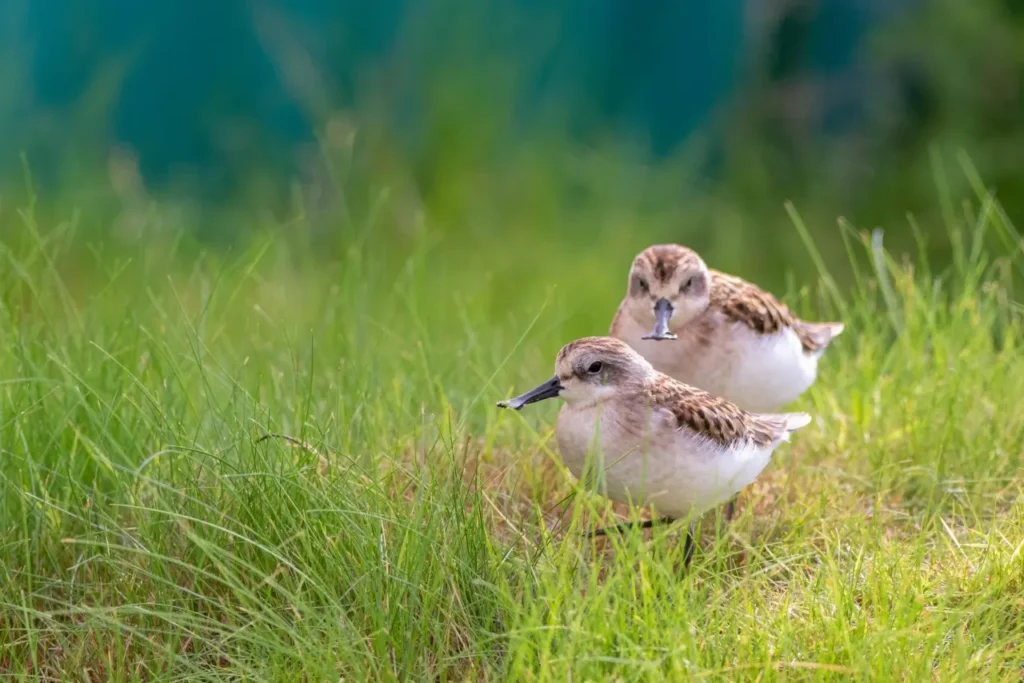
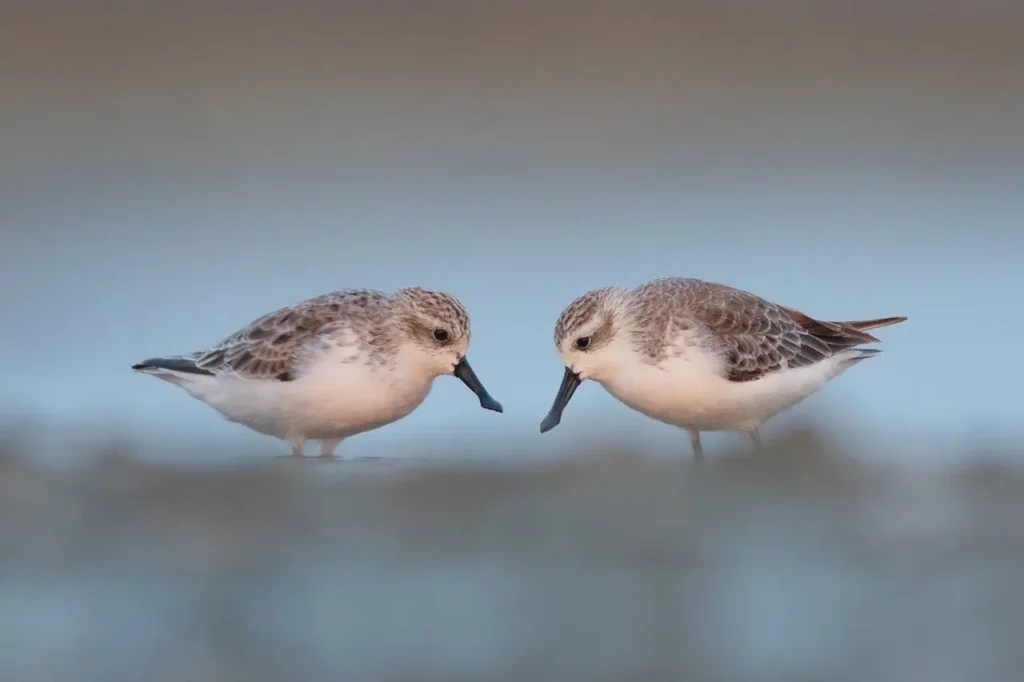
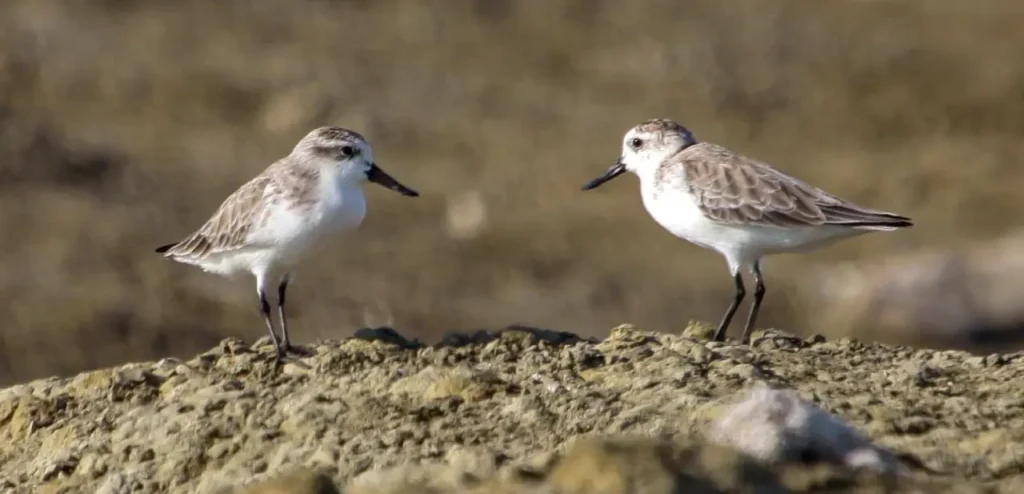
Appearance and Plumage: The Spoon-billed Sandpiper is a small wader, measuring approximately 14 centimeters (5.5 inches) in length. Its most distinctive feature is its unique spoon-shaped bill, which sets it apart from other sandpipers. During the breeding season, the adult male displays a beautiful combination of colors, featuring a rusty-red head, neck, and breast, with mottled brown and white feathers on the back and wings. The female and non-breeding adults have a more subdued plumage, with gray-brown feathers that provide effective camouflage against their sandy habitats.
Behavior and Feeding Habits: Spoon-billed Sandpipers are migratory birds, undertaking remarkable journeys between their breeding grounds in the Russian Far East and their wintering grounds in Southeast Asia. They have an extraordinary feeding behavior, sweeping their spoon-shaped bills from side to side in shallow water or mudflats to sift through sediment and capture small invertebrates, such as insects, crustaceans, and mollusks. This unique feeding adaptation allows them to exploit a niche that few other bird species can access.
Habitat and Distribution: During the breeding season, Spoon-billed Sandpipers nest in the Arctic tundra of the Chukotka Peninsula in northeastern Russia. They prefer wet coastal areas, including lagoons, marshes, and muddy estuaries, which provide abundant food resources. The species faces habitat loss due to climate change, which affects the timing and availability of their preferred feeding areas. During migration and wintering, they rely on a network of coastal mudflats and tidal areas in Southeast Asia, including China, Myanmar, Bangladesh, and Thailand.
Conservation and Threats: The Spoon-billed Sandpiper is one of the most critically endangered bird species in the world. The primary threats to its survival include habitat loss, degradation, and fragmentation due to coastal development, land reclamation, and climate change. Additionally, illegal hunting, disturbance during migration and wintering, and the collection of shorebird eggs pose significant challenges. The small population size and limited breeding range further exacerbate the species’ vulnerability.
Conservation efforts are focused on preserving critical habitats, raising awareness about the species’ plight, and implementing measures to mitigate threats. Initiatives include the establishment of protected areas, international collaborations for research and conservation, and community-based projects to engage local communities in the protection of Spoon-billed Sandpipers and their habitats.
Importance of Conservation: The survival of the Spoon-billed Sandpiper is not only crucial for the species itself but also for the broader ecosystem. As a migratory shorebird, it plays a vital role in maintaining the balance of coastal ecosystems, regulating populations of small invertebrates, and acting as indicators of wetland health.
Conclusion: The Spoon-billed Sandpiper, with its unique appearance and remarkable behaviors, symbolizes the intricate beauty and fragility of the natural world. Its critically endangered status serves as a call to action for urgent conservation efforts to protect its habitats and ensure its survival.
By supporting conservation initiatives, advocating for sustainable coastal development, and raising awareness about the importance of protecting the Spoon-billed Sandpiper, we can contribute to preserving this extraordinary bird species and the delicate ecosystems it depends on. Let us work together to secure a future where the Spoon-billed Sandpiper continues to grace the Arctic tundra and coastal wetlands for generations to come.








